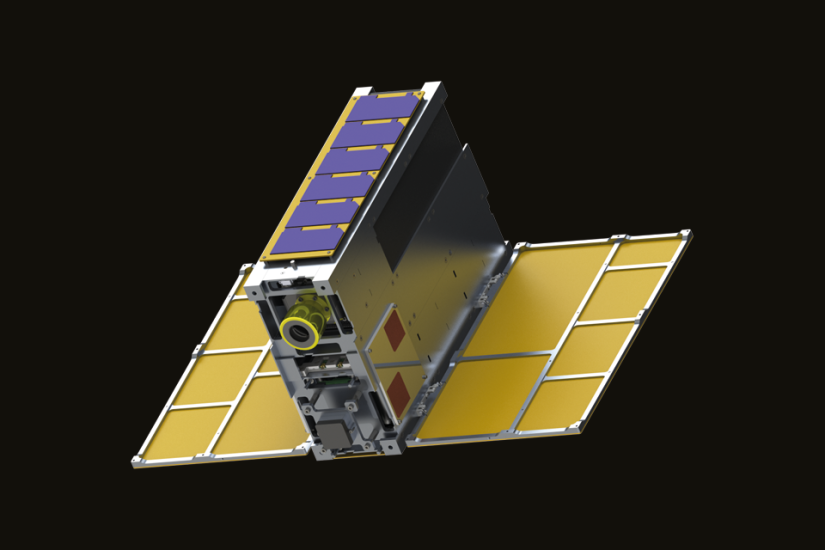The UK is to collaborate with Canada on the Redwing microsatellite Space Domain Awareness (SDA) mission scheduled to launch in 2027. Redwing will track objects in congested orbits with improved sensors, and provide near real-time tasking in response to evolving space events.
Redwing, which is the size of a small washing machine, will be directed and tasked by the Department of National Defence’s science and technology organisation, Defence Research and Development Canada (DRDC). DRDC will perform data analysis in collaboration with the Royal Canadian Air Force.
The Redwing satellite will itself deploy a smaller nanosatellite that will incorporate a payload from the UK’s Defence Science and Technology Laboratory (Dstl) on behalf of the Ministry of Defence and UK Space Command.
“Space is increasingly congested and it is vital that we keep pace with new and emerging threats,” said Dr Gemma Bagheri, Dstl space research and development programme manager. “The collaboration with our Canadian partners will enable us to improve the characterisation of objects and maintain security in space to protect our mutual interests.”
“Space has become busier and more complex in the last decade, resulting in the space domain awareness being increasingly important for the Canadian Armed Forces,” said Scott McLelland, DRDC research and development director for the Defend North America strategic focus area. “This research and development project will advance understanding of the situation in Earth’s orbit, improve monitoring of objects orbiting Earth and help address these new space operational realities.”
The nanosatellite, roughly the size of a cereal box and known as Little Innovator in Space Situational Awareness (LISSA), will incorporate as its primary payload a Dstl experimental short wave infrared (SWIR) camera. Once separated, Redwing and LISSA will fly in tandem in sun-synchronous low Earth orbit, approximately 575km above the Earth and up to 200km apart.
The mission will assess the capabilities of the SWIR camera with particular focus on the South Pole of Earth, where the glare from the illuminated Antarctic ice sheet can hinder object identification in orbit. Space objects over the Earth’s South Pole is less monitored than the North Pole and the mission will inform future space surveillance considerations based on findings from the mission.
Magellan Aerospace will design, build, prepare for launch, and operate the Redwing microsatellite and LISSA nanosatellite. LISSA will be built by the University of Manitoba, and Bornea Dynamics has been contracted by Dstl to produce and qualify the SWIR camera payload hardware.
The ground stations for Redwing and LISSA will be in Inuvik, Northwest Territories and Happy Valley Goose Bay, Newfoundland and Labrador.
For more information
Image: A rendering of the design for the LISSA nanosateliite (DRDC)




